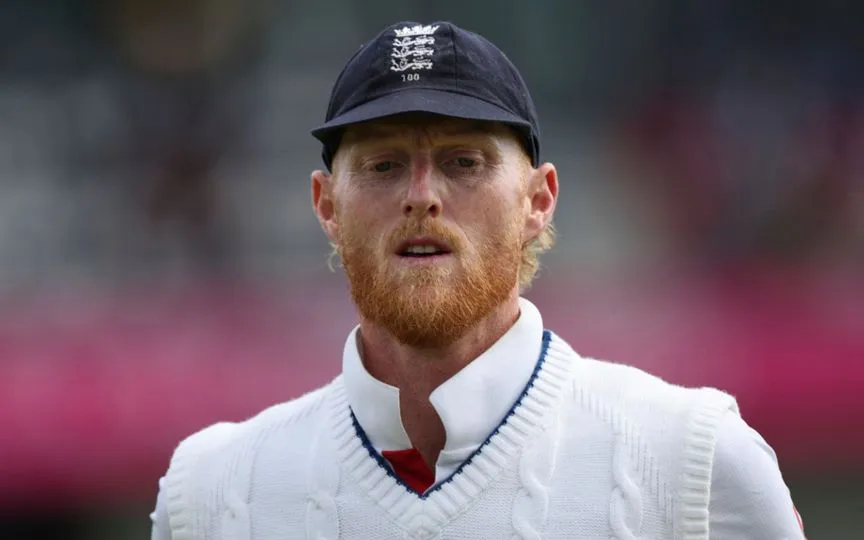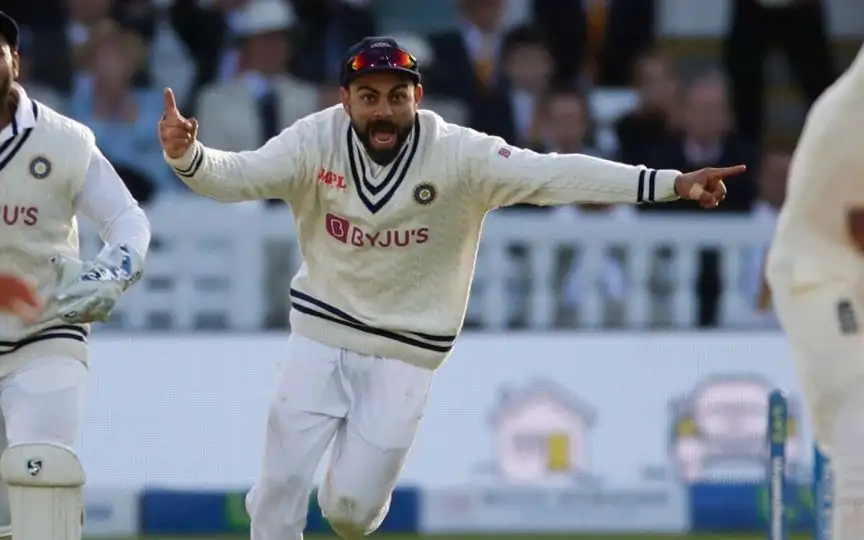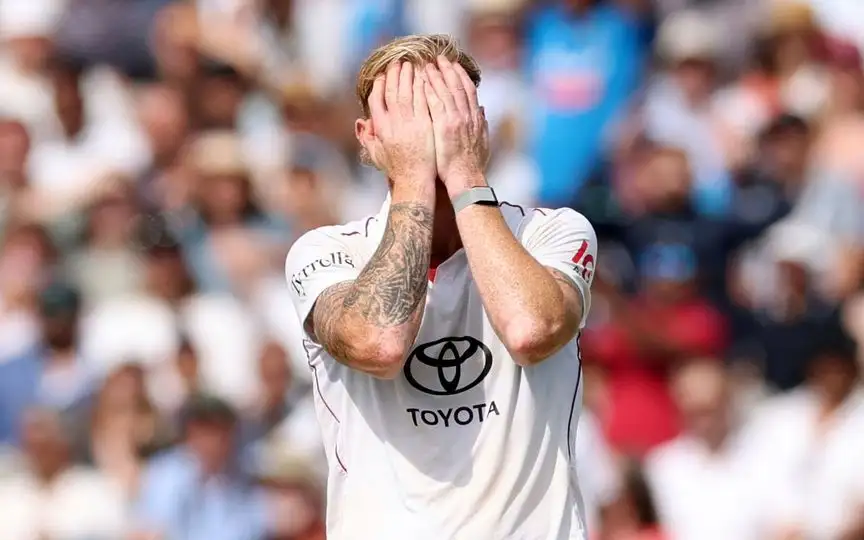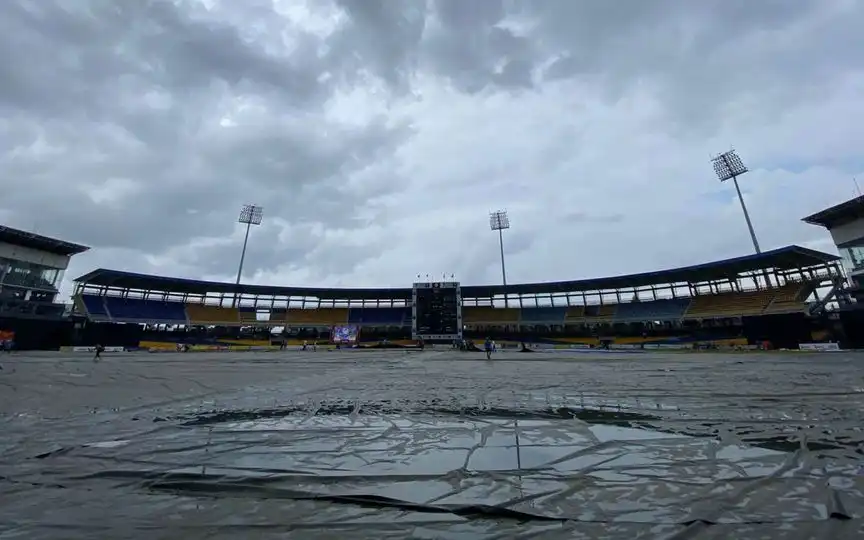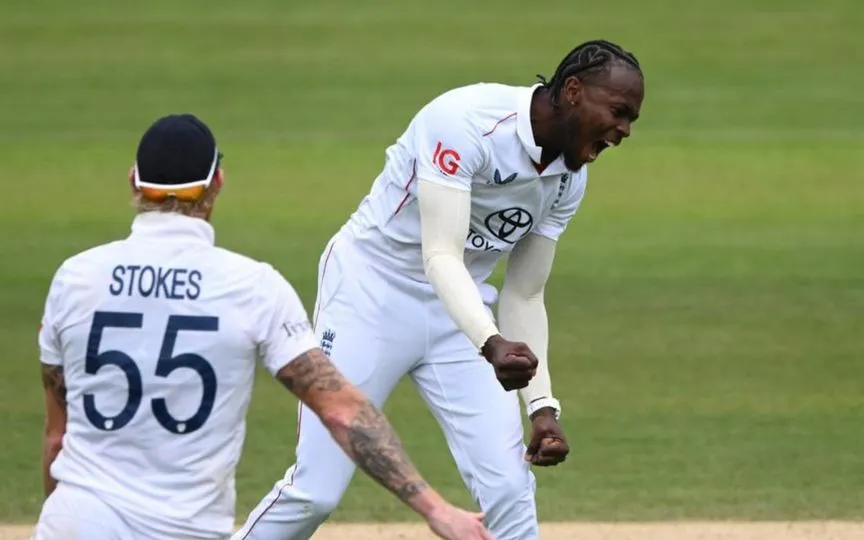![AB De Villiers in ODI and Test for South Africa [Source: @cricketcomau, @mufaddal_vohra/x.com]](https://onecricketnews.akamaized.net/parth-editor/oc-dashboard/news-images-prod/1752652339003_ab_de_villiers(1).jpg?type=hq) AB De Villiers in ODI and Test for South Africa [Source: @cricketcomau, @mufaddal_vohra/x.com]
AB De Villiers in ODI and Test for South Africa [Source: @cricketcomau, @mufaddal_vohra/x.com]
Is cricket's "Mr.360" a genuine multi-format legend, or does his reputation rest on highlight reels and innovation rather than sustained excellence?
When AB de Villiers announced his retirement in 2018 with the words "I am tired", cricket lost one of its most entertaining and innovative batters. The South African's ability to hit the ball to all parts of the ground earned him the nickname "Mr. 360", while his acrobatic fielding and wicket-keeping skills versatility made him cricket's ultimate utility player. But nearly seven years after his international retirement, it's time to separate the spectacle from substance.
About Legend-O-Meter
Our analytical series examines cricket's biggest names through a data-driven approach, combining statistical analysis, peer comparisons, contextual factors, and impact assessment to determine true legendary status. Each player receives a comprehensive rating from 1-10, weighing both numbers and narrative to answer the ultimate question: genuine legend or overhyped reputation?
The Statistical Foundation
AB de Villiers played 419 international matches across 14 years, accumulating impressive numbers in some formats while revealing significant gaps in others. His career tells three distinct stories across the formats.
Career Performance Analysis
| Format | Matches | Runs (Avg) | Centuries | Strike Rate |
| Tests | 114 | 8,765 (50.66) | 22 | 54.51 |
| ODIs | 228 | 9,577 (53.50) | 25 | 101.09 |
| T20Is | 78 | 1,672 (26.12) | 0 | 135.16 |
Format-by-Format Assessment
Test Cricket: The Genuine Article
De Villiers' Test record stands as his most compelling case for legendary status. A batting average of 50.66 places him among the elite Test batters of his generation. His 22 centuries included monumental knocks, such as an unbeaten 278 against Pakistan and the match-winning 106* in Perth, 2008, where he anchored South Africa's successful chase of 414—the second-highest fourth-innings target in Test history.
Fourth Innings Performance: 38.03 average across 43 innings demonstrates genuine ability to bat under pressure. The Perth heroics weren't a one-off - he consistently performed when matches hung in the balance.
Opposition Analysis: Strong 4th innings numbers against quality attacks - 42.456 vs Australia, 39.66 vs England in Test cricket's ultimate pressure situations, showing he could handle pace and swing when matches were on the line.
ODI Cricket: Statistical Supremacy
This is where de Villiers' legend status becomes undeniable. An average of 53.50 combined with a strike rate of 101.09 represents a rare combination of consistency and aggression that few have matched.
Peak Performance: The 2015 World Cup showcased his pinnacle - 482 runs at an average of 96.40 and a strike rate of 144.31. His 162* off 66 balls against West Indies, featuring the fastest ODI 150, remains one of cricket's most destructive knocks.
Pressure Credentials: A second innings average of 56.81 proves he could handle chase pressure. In matches South Africa won, he averaged 92.77, showing his ability to convert starts into match-winning contributions.
Era Context: During de Villiers' peak (2010-2015), ODI strike rates above 100 were exceptional. His combination of consistency and aggression was genuinely revolutionary.
T20I Cricket: Reputation vs Reality
Here lies the most significant gap between perception and performance. An average of 26.12 across 78 matches falls well short of elite T20I standards, where top batters average 35-40+.
Innovation Credit: De Villiers pioneered many shots that became T20 staples - the reverse sweep, lap shots, and 360-degree hitting. His influence on modern batting technique cannot be overstated.
Performance Reality: A poor second innings average of 22.85 reveals significant chasing struggles, while his strike rate of 135.16, though good for his era, doesn't compensate for the consistency issues that plagued his T20I career.
Elite Contemporary Comparison
Among 2005-2018 Era Batsmen (minimum 5000 ODI runs):
- Virat Kohli: 59.33 average, 93.17 SR
- AB de Villiers: 53.50 average, 101.09 SR
- MS Dhoni: 50.57 average, 87.56 SR
- Kumar Sangakkara: 41.98 average, 78.86 SR
De Villiers' unique combination of high average and high strike rate places him in an elite category. Only he and Kohli averaged above 50 in both Tests and ODIs during this period.
The Case FOR Legend Status
1. Statistical Excellence
- Elite Test average: 50.66 ranks among the best of his generation
- ODI mastery: 53+ average with 101+ strike rate is historically rare
- Record holder: Fastest ODI 50, 100, and 150
2. Pressure Performance
- Fourth innings mastery: 38.03 average in Test cricket's ultimate pressure situation
- Chase master: 56.81 average in ODI second innings
- Match-winner: Perth 2008 and numerous ODI chases prove clutch ability
3. Innovation and Influence
- Technique revolution: Pioneered shots now standard in modern cricket
- Versatility: Batted in all positions from opener to finisher
- Multi-skilled: Genuine wicket-keeper and elite fielder
The Case AGAINST Legend Status
1. T20I Mediocrity
- Poor average: 26.12 falls short of elite T20I standards
- Inconsistent in format: Where his techniques should have thrived most
2. Tournament Limitations
- Limited World Cup success: Despite individual brilliance, couldn't deliver ultimate team success
- Semi-final struggles: Mixed record in knockout matches across formats
- No major ICC title: As captain or player
3. Format Imbalance and Longevity
- T20I statistical weakness: 26.12 average undermines multi-format legend claims
- Early retirement impact: Shorter career than contemporaries limits overall volume
- Chasing limitations: Poor second innings T20I record (22.85) shows format-specific struggles
Advanced Analytics: The Complete Picture
![AB de Villiers T20 Innovation vs Statistical Output [Source: OneCricket]](https://onecricketnews.akamaized.net/parth-editor/oc-dashboard/news-images-prod/1752651665818_abd.jpg?type=mq) AB de Villiers T20 Innovation vs Statistical Output [Source: OneCricket]
AB de Villiers T20 Innovation vs Statistical Output [Source: OneCricket]
Match Impact Analysis
In ODI victories, de Villiers averaged 82.77 compared to 38.52 in defeats - suggesting his contributions were more decisive than stat-padding. His ability to anchor successful chases (2nd innings average - 56.81) demonstrates genuine match-winning ability.
Innovation vs Output
While de Villiers revolutionised batting techniques, particularly in T20 cricket, his statistical output in the format doesn't match his technical influence. This presents a unique case where innovation value must be weighed against numerical performance.
Longevity Assessment
Peak years (2010-2015) showed sustained excellence across formats, but career longevity was limited by early retirement. Unlike peers who played into their late 30s, de Villiers' sample size is smaller.
Legend-O-Meter Verdict: Multi-Format Great With Asterisks - 7.5/10
![AB De Villiers in different formats [Source: OneCricket]](https://onecricketnews.akamaized.net/parth-editor/oc-dashboard/news-images-prod/1752651883981_ab_de_villiers.jpg?type=mq) AB De Villiers in different formats [Source: OneCricket]
AB De Villiers in different formats [Source: OneCricket]
The Final Analysis: AB de Villiers presents cricket's most complex legend assessment - a genuine great whose reputation varies dramatically by format.
In ODI cricket, he stands among the format's greatest players. The combination of 53+ average and 101+ strike rate, achieved during an era when such numbers were exceptional, places him in an elite category. His pressure performance and match-winning ability validate the statistical excellence.
His Test record, while excellent, falls just short of all-time great status. The 50.66 average and crucial knocks under pressure, such as those in Perth 2008, demonstrate high-quality Test batting, but without the volume of runs or sustained dominance over longer periods that define Test legends.
The T20I format reveals the greatest gap between reputation and performance. While his technical innovations were genuinely revolutionary and influenced a generation of batters, his statistical output doesn't support legend status in this format.
Bottom Line: ABD is a legitimate ODI legend whose Test cricket was very good and whose T20I reputation exceeds his actual performance. His innovation and entertainment value add to his legacy, but statistical analysis reveals a player whose greatest strength was adapting his exceptional talent to ODI cricket's demands.
The Uncomfortable Truth: Strip away the highlight reels and innovation credit, and de Villiers emerges as a format specialist - an ODI great who was very good at Tests and overhyped in T20Is. His 7.5 rating reflects genuine excellence in one format, competence in another, and reputation exceeding performance in the third.
Cricket's ultimate entertainer? Absolutely. Multi-format legend? The numbers suggest otherwise.
